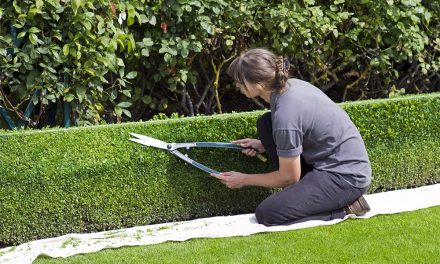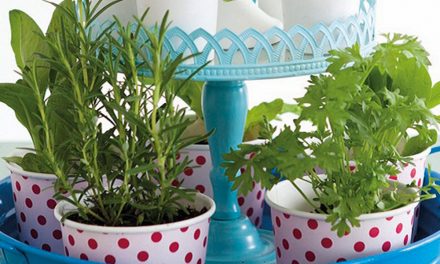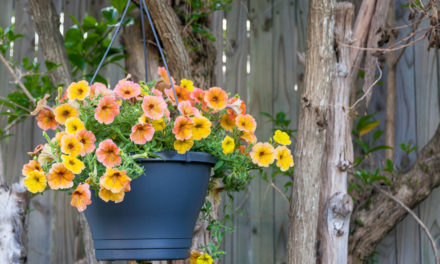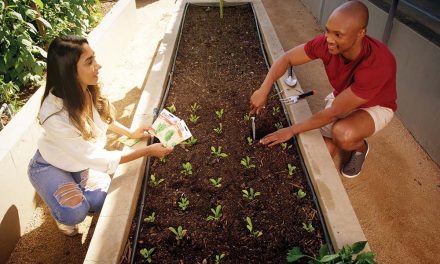The arrival of spring is always cause for celebration. Goodbye brown, frosty gardens, cold mornings and nippy evenings.

Spring Garden Cupcakes
Hullo sunshine, long days and the fragrance of herbs as gardens burst into life. Spring garden cupcakes decorated with edible flowers are a delicious way to indulge the family’s sweet tooth. Think of delectable and unusual combinations like lemon and thyme, strawberry and mint, orange zest and ginger, or rosemary and chocolate. Floral flavours are also winners for cupcakes, such as lavender, rose-scented geranium, lemon verbena and lemon basil. The pièce de résistance is to decorate the frosted cupcakes with edible flowers like sweetly scented violas, cheerful calendula petals, aromatic lavender or sumptuous rose petals. Use fresh flowers for a pop of colour or candy them using egg white and caster sugar.
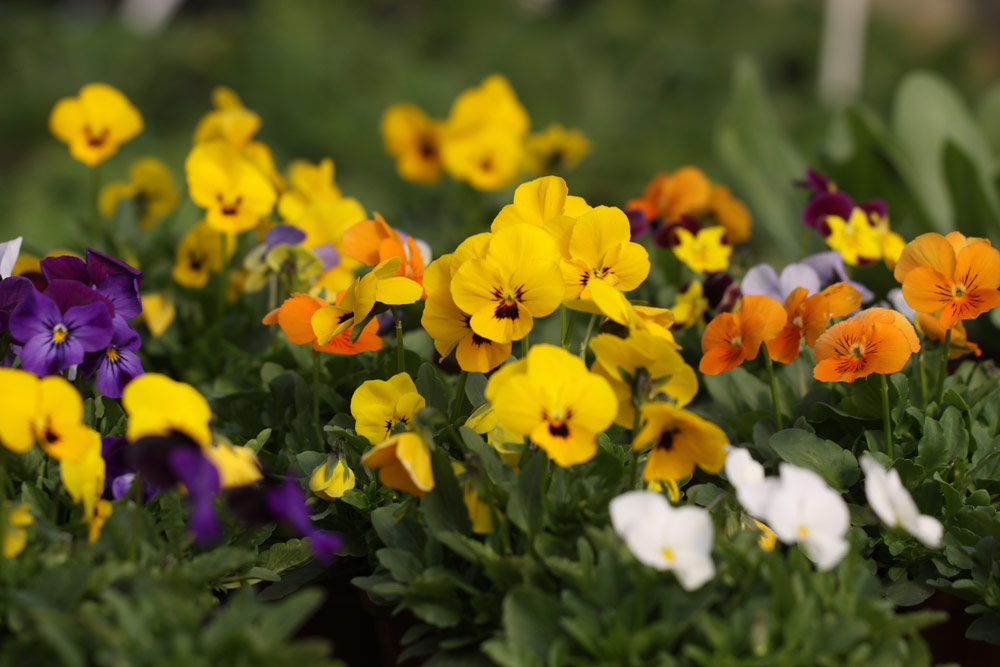
Edible Flowers do’s and don’ts
Do:
- Pick the flowers in the morning when their water content is at its highest. Keep them fresh in a glass of water or overnight in the refrigerator in a glass of water.
- Wash the flowers before eating. Put them in a strainer or sieve in a large bowl of water. Drain and dry the petals on paper towel. If dried quickly (but not in the sun), the flowers keep their colour and fragrance. Rejuvenate limp flowers by floating them in icy water for a few minutes.
- Pansies and violas can be eaten whole, but it is better to remove the stamens and pistils of most other flowers. This can be done just before eating so that the petals don’t wilt.
Don’t:
- Do not use flowers from plants that have been sprayed with a pesticide and don’t mix edible flowers with non-edible flowers because people may assume that they can eat everything on the plate.
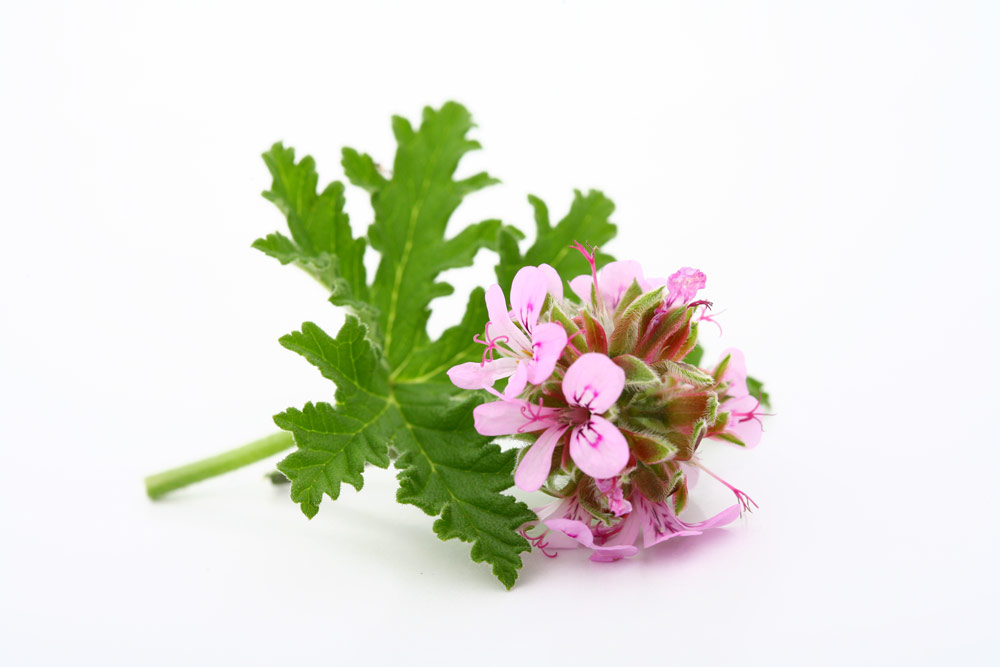
Edible Flowers Tips
- Small viola flowers are ideal as a delicate garnish while larger pansy flowers crystallise very well and can be eaten as sweets or used to decorate ice cream.
- Use only calendula petals and discard the rest of the flower. Cut off the bitter white portion at the base of the
petal where it was attached to the flower. - When using rose petals, remove the yellow/white part of the petal. To crystallise rose petals, beat 1 – 2 egg whites until frothy. Using a clean, soft paint brush, paint each flower, leaf or petal with the egg white. Dip each one into icing sugar or sift icing sugar over them and make sure they are completely coated. Place on a baking tray and dry them in a warm oven with the door ajar.
- When lavender flowers are pressed into icing sugar or castor sugar the sugar takes on the fragrance and taste of the lavender.
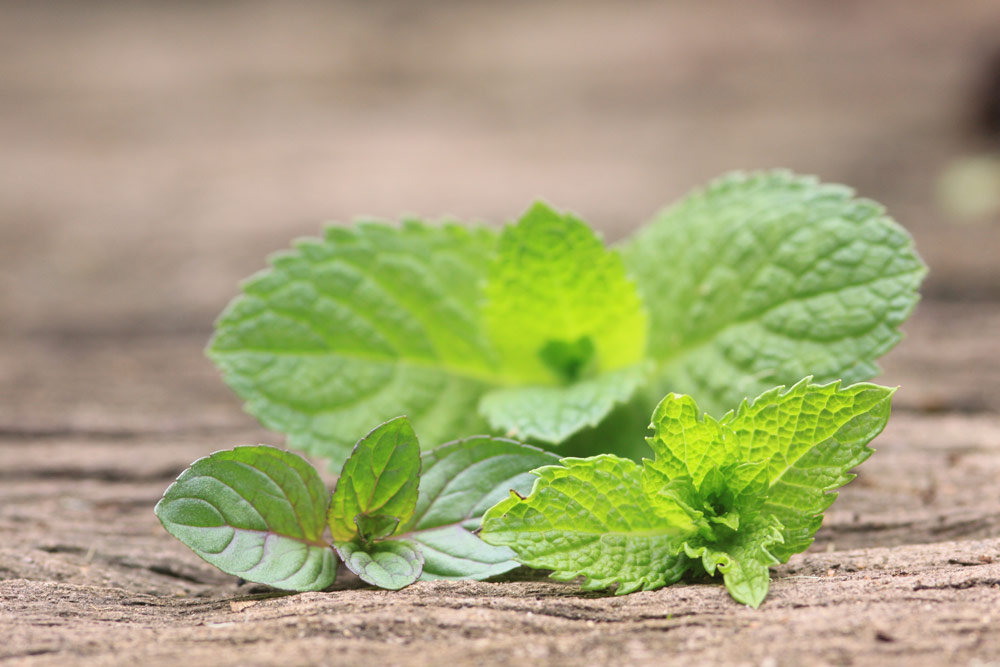
Did you know?
- There are many more mint flavours than just garden mint and spearmint. There are apple mint, basil mint, chocolate mint, eau de cologne mint (with a citrus flavour), ginger mint, mint julep, pineapple mint and peppermint.
- If plants start getting straggly, just plant some of the rooted runners and you will soon have vigorous new plants.
- Lemon thyme can be used instead of ordinary thyme for a stronger citrus flavour. Other lemony herbs that can be used in cupcakes are lemon balm, lemon verbena and lemon basil.
- ‘Ginger’ rosemary has a noticeable ginger flavour and fragrance. It is a neat, vigorous perennial shrub that can be kept compact with regular pruning. Besides flavouring sweet or savoury dishes, use it to make energising cold or hot drinks.
- Ginger is easy to grow from shop-bought rhizomes. The pieces should have well developed ‘eyes’ or growth buds, which look like little horns. Soak in water overnight as the ginger may have been treated with a growth retardant. Plant the rhizome 5 – 10cm deep with the growing buds facing up, in fertile, moist soil in a sheltered position that receives filtered sun. Plant in early spring and water well while the ginger is growing, making sure that the soil drains well. Harvest when the leaves die down.
Tip from Phyto-Force:
Did you know that ginger is also good for atherosclerosis and coronary artery disease. Good to know during Covid-19 time. Pop a few slices into your rooibos tea and make it your daily treat.

